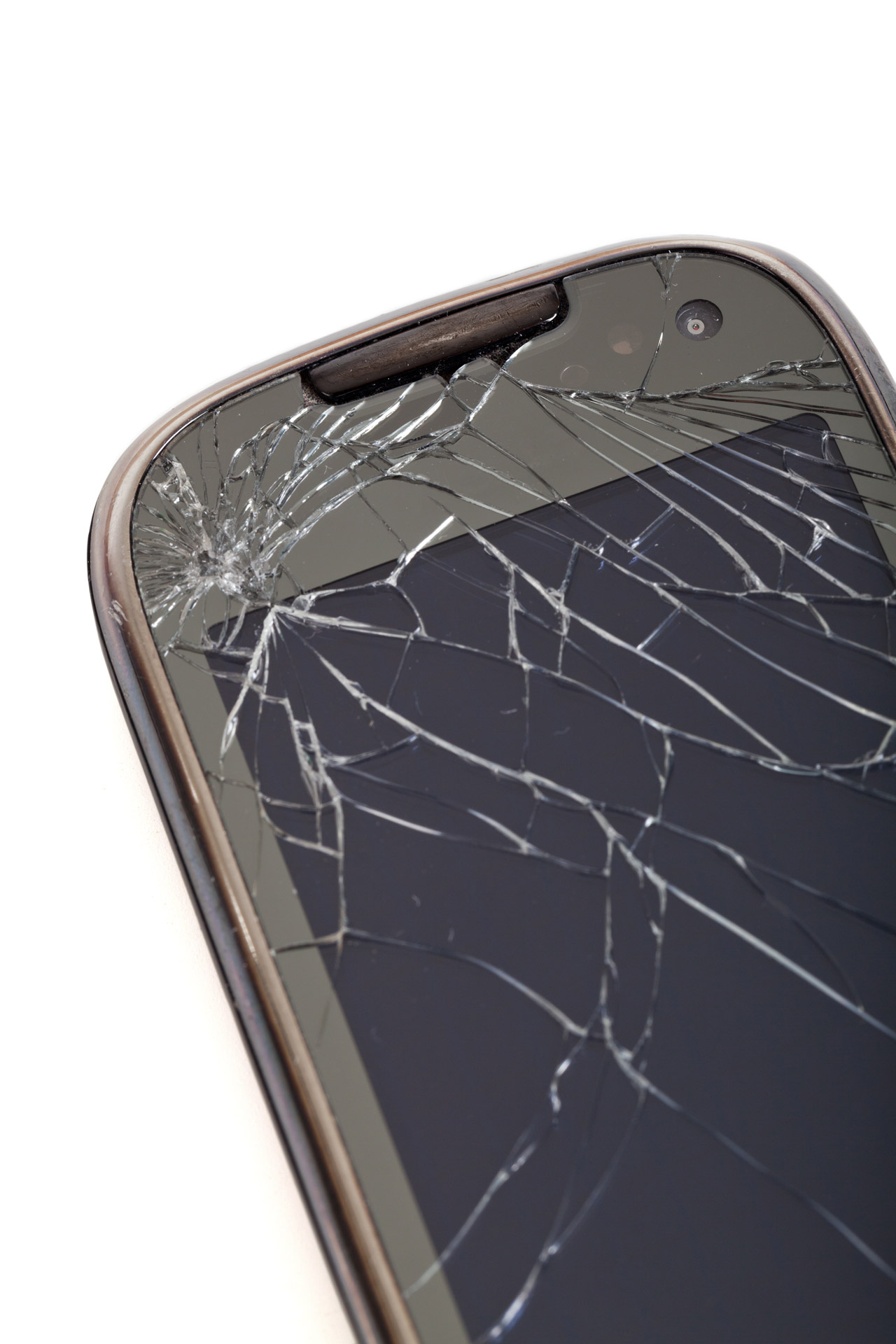
I thought I was creative with my post title, but it turns out that if you google the phrase “MDM is dead” you’ll turn up with tons of results. Some are really old like this one from 2012, which predicts that MAM is what will kill MDM. Others, like this one by security intelligence, are newer and emphasize something different, which is that EMM is useless without MDM, so therefore EMM is MDM. I’m definitely late to the party in saying that MDM is dead, but it looks like the phrase means something different to a lot of people. This is my perspective as an on-site professional.
I think the buzz of MDM is dead. People used to get really excited about MDM. When I first started implementing MDM solutions for clients in 2012, a lot of people didn’t even know what MDM was. Now everybody knows what MDM is, and a lot of companies want it in some form or fashion. The problem with MDM is that it is not an all-encompassing solution. A lot of people assume that “mobile device management” solutions can manage everything on mobile devices, but that’s not the case. Passcode locks, camera, bluetooth, wifi, and and exchange configurations? Sure. But those are only possible to control because the device manufacturers make it so. What about the data that users can see? What about controlling the actually functions of digital applications on devices? Well unfortunately, that’s not part of MDM. That’s part of MAM.
Between 2013 and 2015 is when the buzz for MAM really went wild. People started thinking, who cares about the device? If we just control the data, any device can be used and devices don’t have to be controlled at all. We can implement BYOD and fully scale at minimum cost. Unfortunately, this isn’t ideal either. What happens when a user physically loses their device and they just so happened to have some unprotected corporate data on it? You can’t wipe a device that’s not being managed. Sure MAM allows the app to be wiped, but what if the user wrote a note or a password or took a picture? Those aren’t managed by MAM. In reality, MAM is only a partial solution as well. The security-minded company needs something more complete.
We are now living in the era of EMM. Companies like Mobile Iron, Airwatch, Intunes, etc all no longer identify themselves as MDM solutions. They’re now EMM providers, and they work in conjunction with platforms like iOS and Android for Work. When exactly did the buzz for MDM and MAM die? Well, this might be controversial, but I actually have an exact date for you: June 3, 2014. That is the date when the Gartner IT consulting firm released their latest analysis of mobile management industry trends, and they did something quite important: they changed the title and focus of their analysis from “Mobile Device Management Software” to “Enterprise Mobility Management Suites.” Here is their reasoning:
Enterprise mobility management (EMM) suites consist of policy and configuration management tools and a management overlay for applications and content intended for mobile devices based on smartphone OSs. They are an evolution from previous-generation mobile device management (MDM) products that lacked application and content management. IT organizations and service providers use EMM suites to deliver IT support to mobile end users and to maintain security policies.
The buzz for MDM is dead, but not because companies don’t want MDM anymore. They still do, they just need it packaged in a more complete EMM solution. Companies like Airwatch and Intunes have recognized this and have acted accordingly. Other companies like SAP, which have primarily focused on MDM, have completely fallen off the Gartner Magic Quadrants report and are at risk of losing potential customers. Times like this always reminds me of what Microsoft CEO Satya Nadella once said:
Our industry does not respect tradition — it only respects innovation.